Click for more results.
No produts were found.
Your cart is empty See the offer
If you think all that is needed is to put an electric scooter into upright position and kick off, think again. There are a few rules that must be followed for proper riding technique on an electric scooter.
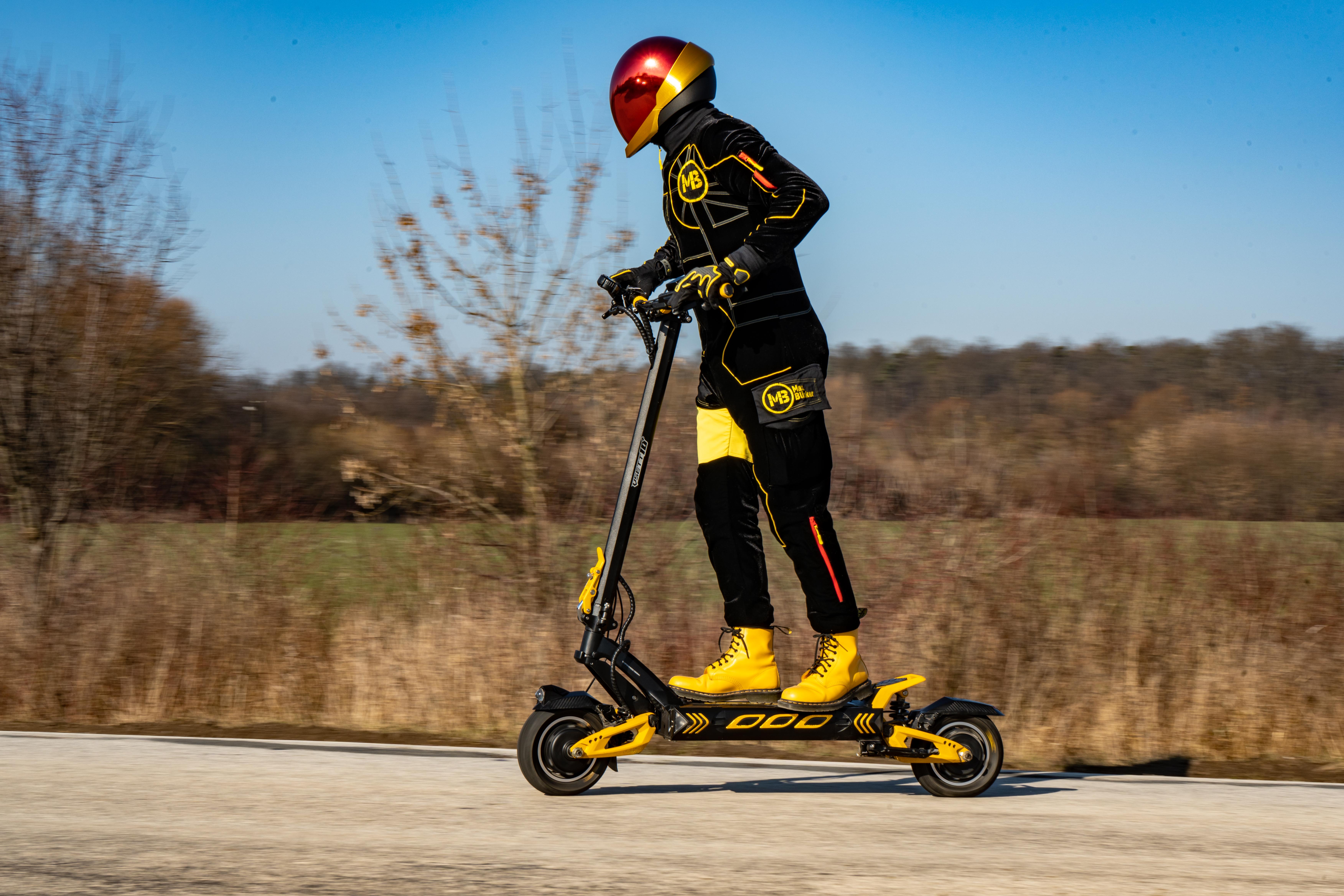
It doesn't matter whether you have joined the world of electric scooters only recently or you are among long-time riders. It is always good to learn more about proper riding technique. Perhaps you’ll find out that you have been riding improperly or even dangerously all that time or that you have put your scooter through unnecessary strain.
To avoid frequent and expensive visits to a service shop and also to prevent endangering yourself or other road users, we have summarized for you a few basic rules behind proper riding technique.
Electric scooters are no longer a simple “transfer tool” designed to take you from point A to point B with poor performance and a low top speed. Today, many models can match the speed of cars driving around the town.
What does it mean? The performance of electric scooters, especially during a sharp start, can surprise even more experienced scooter riders. If the body is not in a correct position on the scooter when pressing the accelerator lever, it can lead to very unpleasant moments.
Let's take a classic case: You stand on the scooter with your feet close together and your toes facing the direction of travel. This automatically reduces your stability. After a sharp start, your body begins leaning backwards and you automatically start pulling on the handlebars and the steering rod.
This is the worst possible scenario that can happen. Not only there exists a risk that the scooter will “run away” from under you, causing you to fall down, but you are also putting extreme strain on the scooter body. The steering rod was not designed to be pulled in any direction. This leads to loosened clamps and joints of folding mechanisms.
In our service shop, one of the most common repairs relates to loosened folding joints or steering rod’s attachments to the deck. So how to avoid starting improperly?
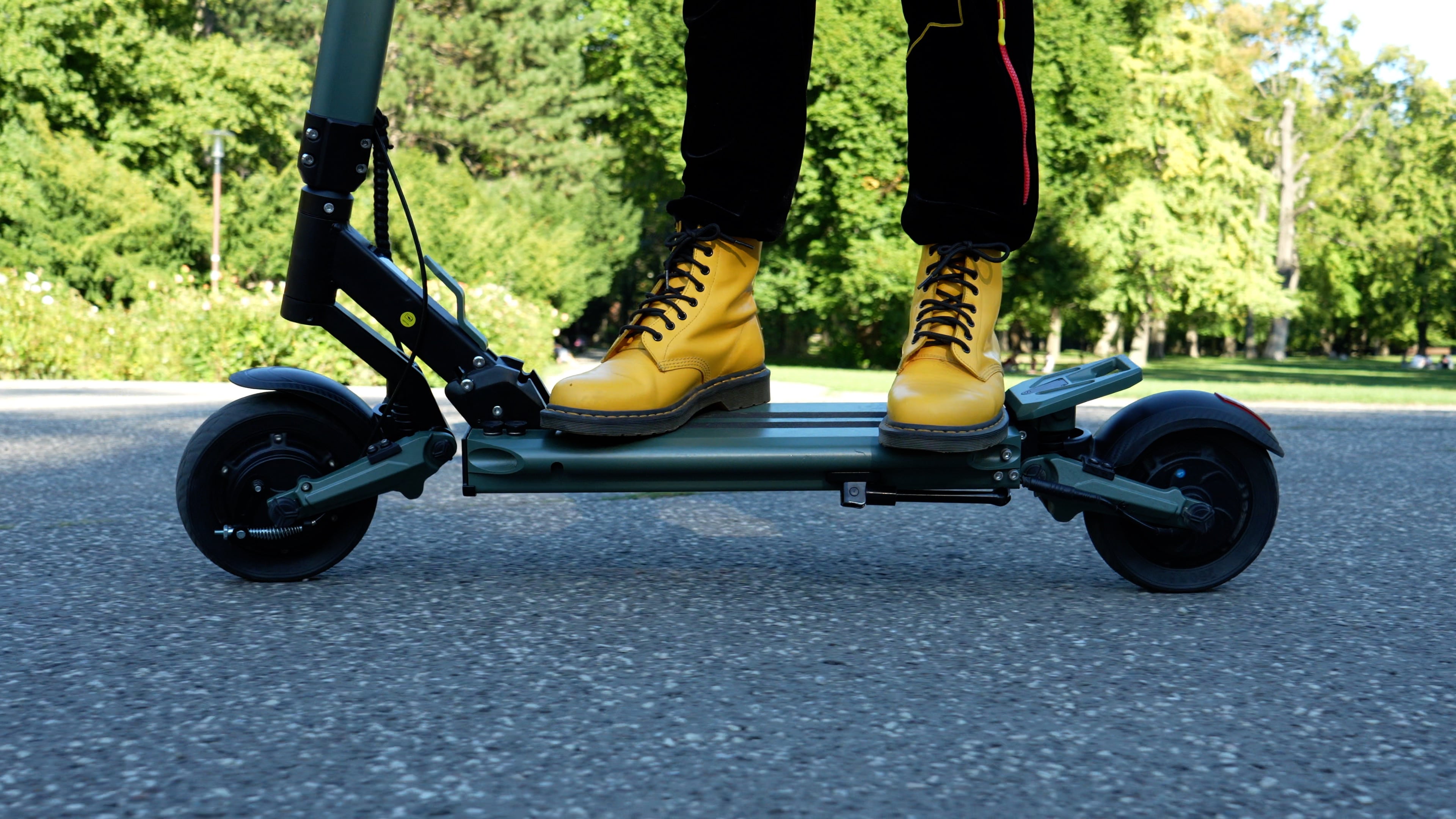
The correct body posture is essential. Instead of standing by facing the direction of travel and with your feet together, assume a posture with your feet sideways to the direction of travel (similar to riding a snowboard). At the same time, keep a greater distance between your feet and have your stronger leg, that is the leg you use to kick off, at the back. It carries all the weight and helps most to maintain your stability.
Before the actual start, lean your body forward as much as possible. By doing so, the center of gravity will remain balanced even after acceleration and you will not feel the tendency to pull on the handlebars. The leaning position must be maintained throughout the acceleration period.
You yourself will feel safer while accelerating and, at the same time, you will have the scooter under full control. Not to mention that you won't be damaging the scooter body.
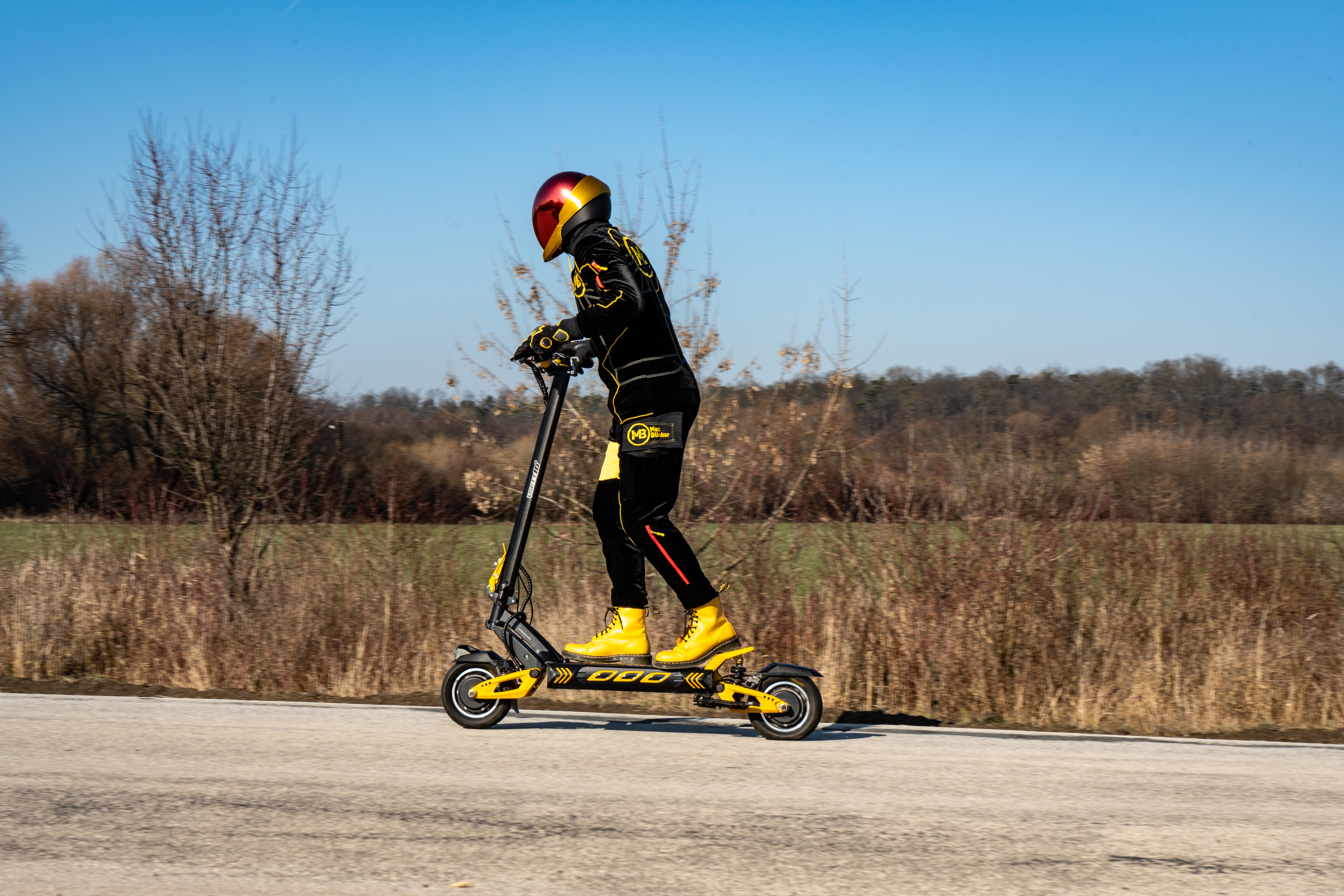
Transferring weight over the entire scooter deck with subsequent change in the center of gravity. That is the alpha and omega of not only proper acceleration but also safe braking. However, when it comes to the movement of your body, it should do the exact opposite to what it is doing during the start.
While accelerating, you maintained the center of gravity by moving your body forward. When braking, however, you need to move your weight towards the back of the scooter. The truth is that this body posture will tempt you to pull on the steering column which, as you know well, is not a very good technique. Therefore, the body weight must remain on the front leg.
We understand that imagining this can be quite difficult, but don't worry. The physics and kinetic energy will push you forward while braking. The transference of weight to your front leg, while keeping your body further back, should thus feel natural. However, only if you do the posture technique properly.
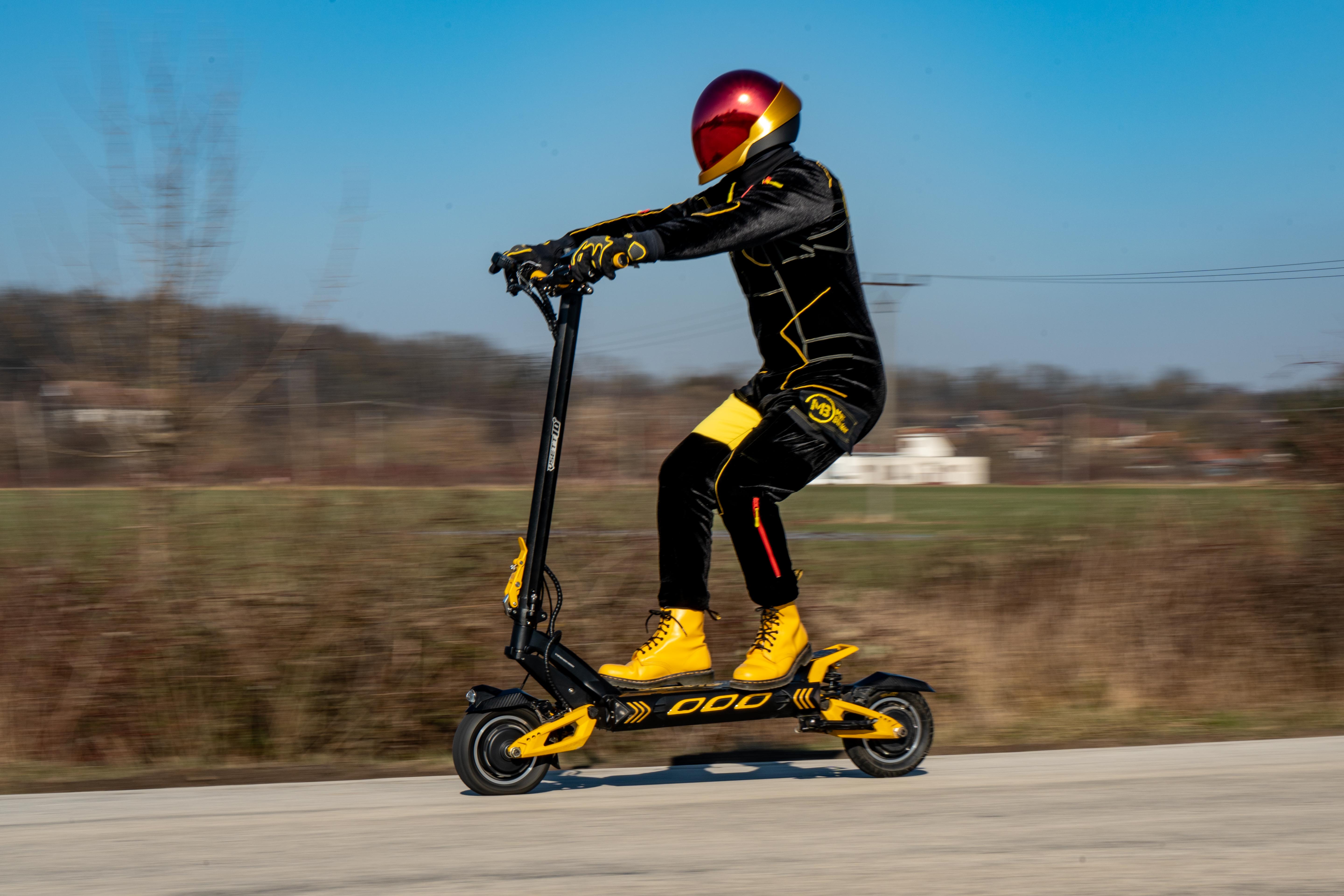
If you do not prepare yourself for braking by assuming a proper body posture, you will automatically push on the steering rod and stress it more than you should. Moreover, with scooters equipped with powerful disc or hydraulic brakes there is a risk of you putting so much weight towards the front that the scooter ends up traveling on the front wheel only.
When it is just your front wheel touching the ground, you are very close to flying over the handlebars. Even worse, when the rear wheel loses contact with the ground, you start braking with just the front wheel and this significantly reduces the overall braking force. Suddenly, it become impossible to stop before an obstacle.
Even if you have already mastered starting and braking, the rules of proper riding technique do not end there. Your scooter still has to turn.
If you have previous experience riding a bicycle or motorcycle, leaning while turning will be anything but new to you. The only difference is in the body posture. If you are unfamiliar with the principle of leaning while cornering, we will explain it to you with a bit of simple physics.
Even if you travel at a slow speed of 10 kilometers per hour, there are still various forces acting on you. One of them is the centrifugal force. What does this mean in practice? Imagine that you want to turn right but you only turn the handlebars. Although the scooter partially starts traveling in the desired direction, your body would like to continue moving forward due to centrifugal force. It would throw you off the scooter immediately.
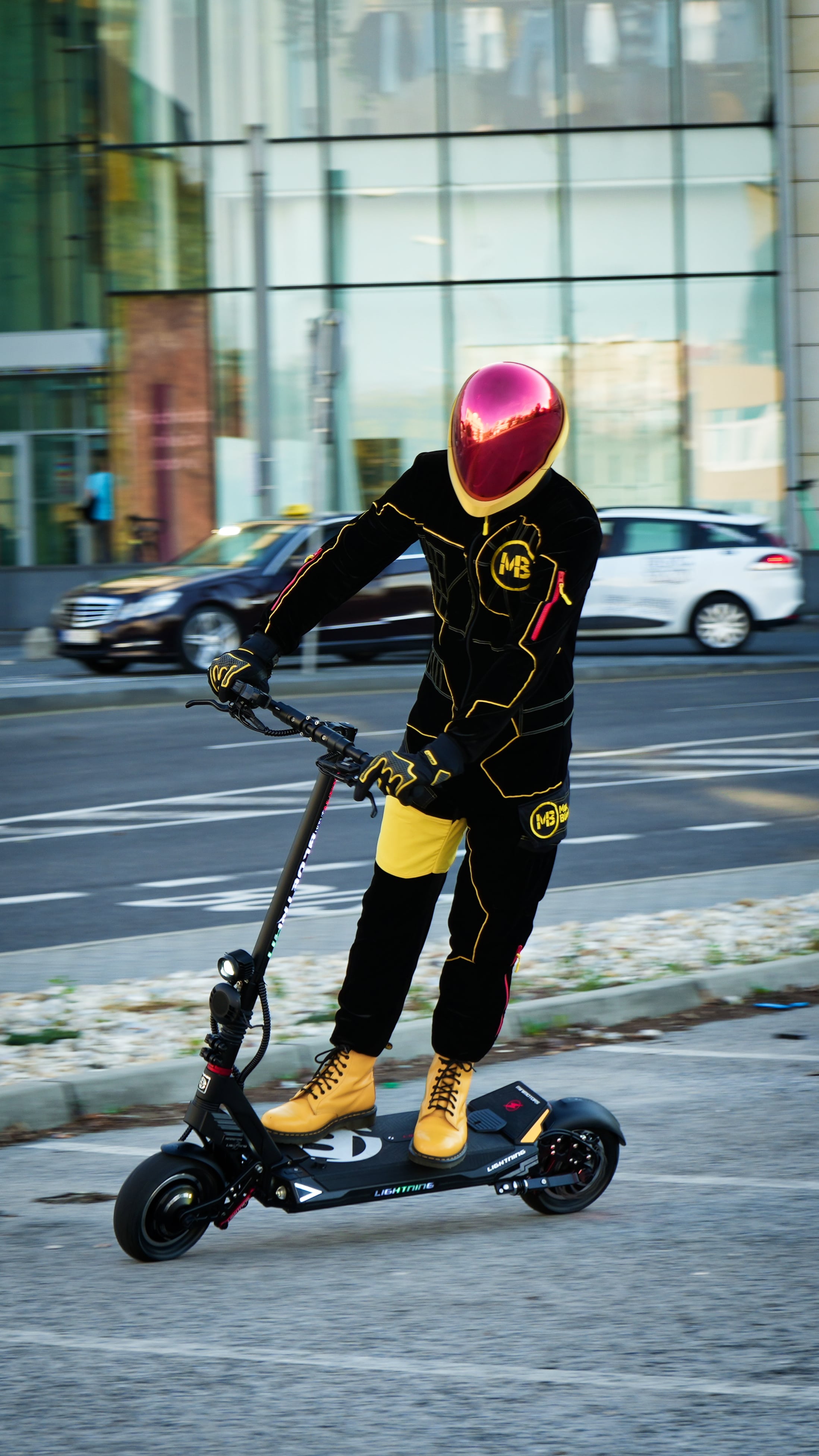
You eliminate this effect by leaning, which allows you to ride through corners at higher speeds. Provided, however, that you lean correctly. How to do it?
The body posture with legs behind each other (and not next to each other) remains the same. You hold the handlebars with your hands firmly, but not forcefully, and you do not pull on the handlebars. Now just lean your body to the side where you wish to turn. Ideally, keep your body at the same angle as the steering rod. The front wheel is pointing forward. That’s it.
The more experienced riders may lean their body even at a greater angle, thereby further reducing the turning radius. However, that requires experience and developing a feeling for what is possible with the scooter. A more dangerous scenario is having a scooter leaning at a greater angle than your body. This makes the wheels slip easily, causing the scooter to lose its grip and take you down to the ground with it.
Good scooter riders are not those who can ride quickly but those that are able to correctly assess the situation around them. A proper body posture technique while braking will be of no use to you if you start braking late.
When it comes to anticipation and defensive riding, there really are no technical rules. You have all the rules in your head. One of these rules is that you simply don’t ride at 50 kilometers per hour inside a residential area full of people.
It is a good thing to anticipate not only while riding, but also before venturing out. For instance, if the weather forecast predicts rainy weather, leave your scooter at home. You will avoid the greater risk of falling down, as well as causing serious damage to your scooter.
Ultimately, all you need to do is to fully concentrate on riding and on the situation around you. By doing so, you will not endanger yourself or nearby traffic, as you will be ready to react quickly to any event on the road.
All the aforementioned rules and principles have one thing in common – safety. Whether it concerns body posture when starting, braking or turning, or monitoring the situation around you, the most important thing is to always reach your destination safely. Without harming yourself, others on the road, pedestrians, or your electric scooter.
Therefore, there is no shame in warning passers-by by sounding a bell or horn, or to use turn signals before the intersection.
Sometimes, however, even the best technique and watching the road carefully can’t prevent problems from occurring. That is why it is always important to put on at least a helmet before riding. You should believe us that you will appreciate wearing it should you ever fall.
For even more detailed and explained principles of proper riding, see our Escooter Guide.
Over the next few days, we will contact you to fine-tune the details.
Over the next few days, we will contact you to fine-tune the details.
We work hard to provide you with the best experience possible.
Over the next few days, we will contact you to fine-tune the details.
We're sorry you don't have enough information about your order. We always try to continuously inform our customers about everything. Please fill in the information below and we shall get back to you as soon as possible, after checking the situation.
We are grateful for all positive feedback and recommendations. It motivates us in our everyday work.
We are sorry that something is wrong. Please provide the most accurate description of your situation so that we may check and resolve it promptly. Your complaint will be received not only by our employees but also by the management and owners of Max Blinker company.
Thank you for your message. We will get back to you as soon as possible.
Help us to improve. Do you have any suggestions?
Every nice word we hear from you will make us happy. Contact us.
Did you find any error in the text? We shall appreciate if you let us know.
Thank you for your message. We will get back to you as soon as possible.
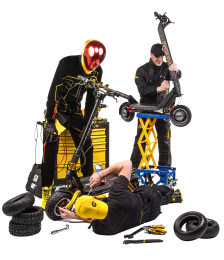 Professional service service@maxblinker.com +49 304 2208 222 Order a service Warranty online More info about the service
Professional service service@maxblinker.com +49 304 2208 222 Order a service Warranty online More info about the service 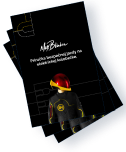 Escooter Guide Read our extensive guide on how to safely ride your electric scooter. It is full of information of interest to both beginners and advanced riders. Read the Guide
Escooter Guide Read our extensive guide on how to safely ride your electric scooter. It is full of information of interest to both beginners and advanced riders. Read the Guide  Independent Testing We scientifically verify manufacturers’ claims about range, performance and top speed. More info
Independent Testing We scientifically verify manufacturers’ claims about range, performance and top speed. More info Voltride meníme na Max Blinker
More info